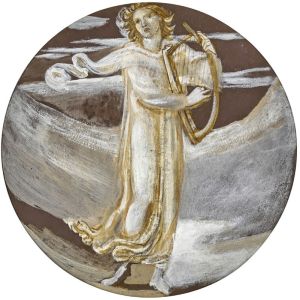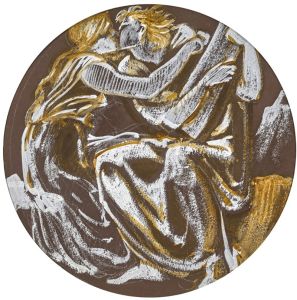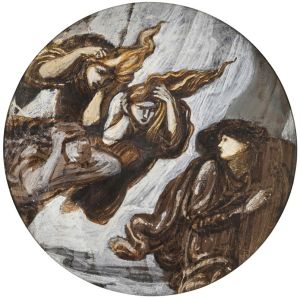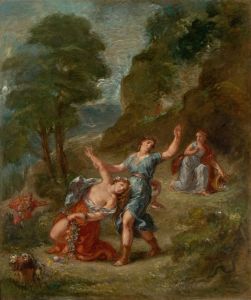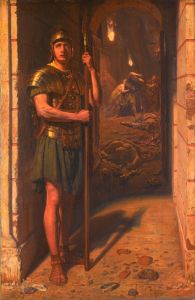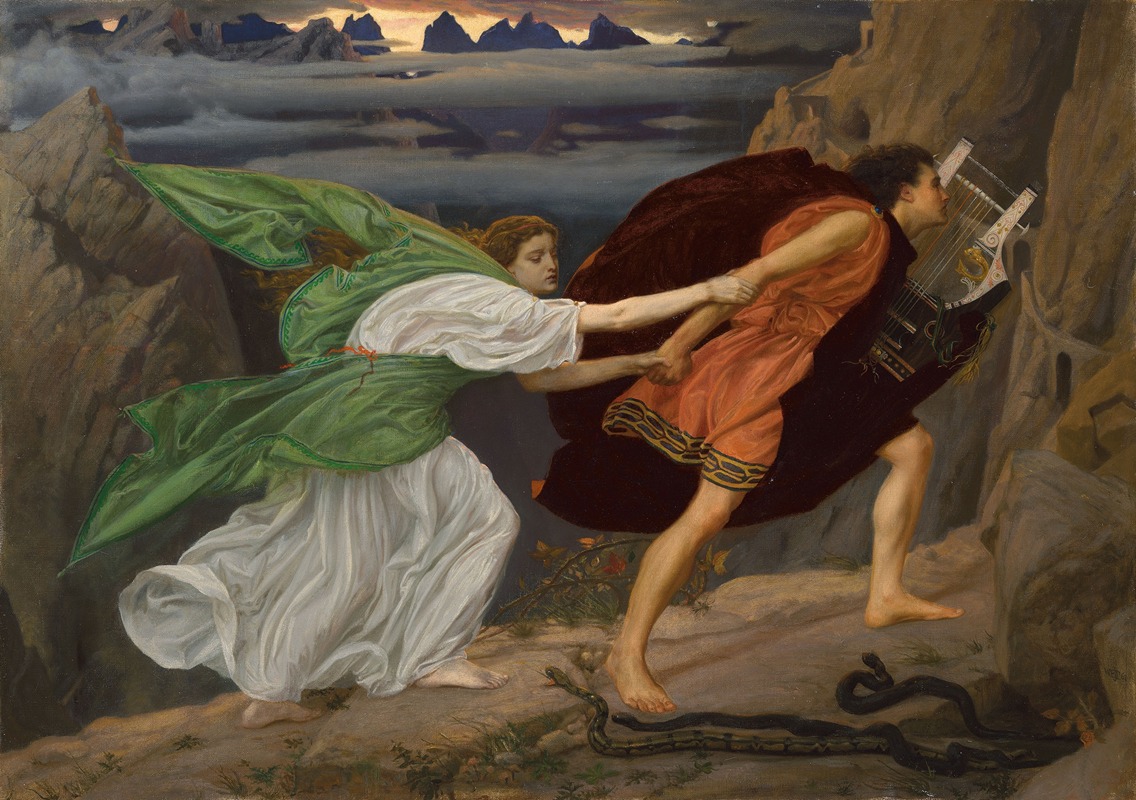
Orpheus and Eurydice
A hand-painted replica of Edward John Poynter’s masterpiece Orpheus and Eurydice, meticulously crafted by professional artists to capture the true essence of the original. Each piece is created with museum-quality canvas and rare mineral pigments, carefully painted by experienced artists with delicate brushstrokes and rich, layered colors to perfectly recreate the texture of the original artwork. Unlike machine-printed reproductions, this hand-painted version brings the painting to life, infused with the artist’s emotions and skill in every stroke. Whether for personal collection or home decoration, it instantly elevates the artistic atmosphere of any space.
Edward John Poynter's painting "Orpheus and Eurydice" is a notable work that draws inspiration from the classical myth of Orpheus, a legendary musician, poet, and prophet in ancient Greek religion and myth. The story of Orpheus and Eurydice is one of love, loss, and the power of music, and it has been a popular subject for artists, writers, and composers throughout history.
Edward John Poynter was a prominent British artist of the 19th century, known for his historical and mythological paintings. He was part of the Victorian era's academic art movement, which often focused on detailed, realistic depictions of classical and historical subjects. Poynter's work is characterized by its meticulous attention to detail, vibrant colors, and dramatic compositions.
The myth of Orpheus and Eurydice tells the tale of Orpheus, who falls deeply in love with Eurydice. Shortly after their marriage, Eurydice dies from a snake bite. Overcome with grief, Orpheus travels to the underworld, determined to bring her back to life. His music and sorrowful songs move Hades, the god of the underworld, and Persephone, his wife, who agree to allow Eurydice to return to the living world on one condition: Orpheus must not look back at her until they have both reached the surface. Tragically, just before they reach the upper world, Orpheus, anxious and doubting, turns to look at Eurydice, causing her to vanish forever.
Poynter's depiction of this myth captures the emotional intensity and dramatic tension of the moment. While specific details about the painting's composition and style are not extensively documented, Poynter's works typically exhibit a strong sense of narrative and emotion, often emphasizing the human form and expressions to convey the story's themes.
The painting likely reflects Poynter's academic training and his interest in classical antiquity, which was a common theme among artists of his time. His works often demonstrate a deep understanding of classical literature and mythology, as well as a commitment to technical precision and historical accuracy.
"Orpheus and Eurydice" by Edward John Poynter is part of a larger tradition of artistic interpretations of this myth, which has been explored by numerous artists across different media, including painting, sculpture, opera, and literature. The enduring appeal of the Orpheus and Eurydice story lies in its exploration of love, loss, and the transformative power of art and music.
While specific details about the painting's current location or exhibition history are not readily available, Poynter's works are held in various public and private collections, and his contributions to Victorian art are well-regarded. His paintings continue to be studied and appreciated for their artistic merit and their ability to convey timeless human emotions through the lens of classical mythology.





